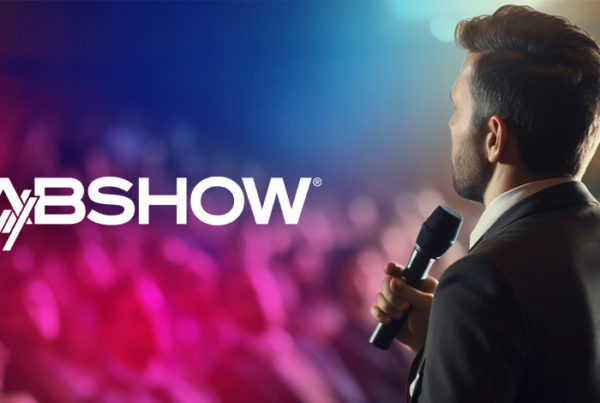Streaming was only a fraction of content consumption 10 years ago. Now, it continues to grow with more platforms and eager cord-cutters. As consumers spend more time in this channel, ad dollars are following. OTT/CTV (over-the-top/connected TV) ad revenue rises; is it a friend or foe of broadcast TV?
The answer? It’s complicated, and it’s certainly something on the minds of broadcast TV sales teams. Is there a way to still capture these ad dollars? Let’s dig into the numbers, the possibilities and more.
The State of Streaming
According to Nielsen, streaming hit record levels in March 2022, accounting for 30% of all TV viewing. Another report revealed that CTV video impressions outpaced digital in 2021, capturing 46%. That same study also showed that CTV has a much higher engagement rate than mobile or PC (5.42% vs. 0.85% and 1.33%).
These increases in viewing time and ad time make sense considering that the streaming party continues to rage. The 2022 Best Bundle report included these interesting stats:
- 89% of U.S. households have at least one streaming subscription, up 12% over 2020.
- 21% (the largest group) of consumers have two subscriptions, while 20% have three.
- 58% of consumers watch ad-supported streaming, up 10% from 2020.
More data supports the streaming surge. The Altman Solon Consumer Video Survey found that more people subscribe to ad-supported services, especially cord-cutters. The average number of subscriptions is up to three. However, the retention for broadcast TV is still holding on, thanks to live sports and news.
When you stack all these numbers up, it’s easy to see why OTT/CTV ad revenue is soaring. In fact, 60% of advertisers shifted money from linear to CTV in 2021. eMarketer predicts that CTV ad spending will reach $17.44 billion in 2022 and continue to rise.
These data points don’t have to paint a future of doom for broadcast TV. It still has incredible reach and influence over viewers. Instead of fighting the encroachment of OTT/CTV, why not embrace it?
How OTT/CTV Can Be a Friend of Broadcast TV
Leaning into where the trends are leading could be the best thing for broadcast TV. When used in tandem, linear and OTT/CTV can be a great integrated campaign for advertisers. This blended approach provided a brand favorability lift twice as high as those only using OTT.
When using both channels, advertisers get the unmatched reach of broadcast TV combined with the targeting capabilities of OTT/CTV. They can also reach cord-cutters on any device, with ads playing on CTV getting the “full-screen effect” of traditional TV ads.
By bundling linear and OTT/CTV, you retain the ad spend but give them flexible options. The more you adapt to consumer trends and advertiser wants, the better you’ll be able to manage what’s next. So, what is next?
What’s Next for TV?
As smart TVs become fixtures in most households, some experts envision that all TV will be CTV eventually. There are also considerations around live streaming platforms like YouTube TV and DirecTV Stream, which include local TV stations.
Another component to throw into the mix is NextGen TV, which provides new life for linear TV, allowing for content consumption on any device. It also captures first-party data, offers advanced targeting, helps achieve addressable advertising and prevents ad waste. NextGen TV options for advertising are not unlike CTV in terms of targeting, but the former does it better.
The point of looking at what’s next is to understand that TV advertising is entering a new horizon. There will be a place or places for every advertiser. What’s important is that you can offer them all types of ad inventory.
In the end, linear, OTT/CTV and NextGen TV can all work together harmoniously to deliver results for your customers and dollars to your budgets.
Looking for more great content about linear TV and OTT/CTV? Read these posts!
How to Turn Up the Revenue for Local TV News Spots That Have Viewers Tuning In
Getting Your Slice of the Digital Political Advertising Pie with OTT/CTV






